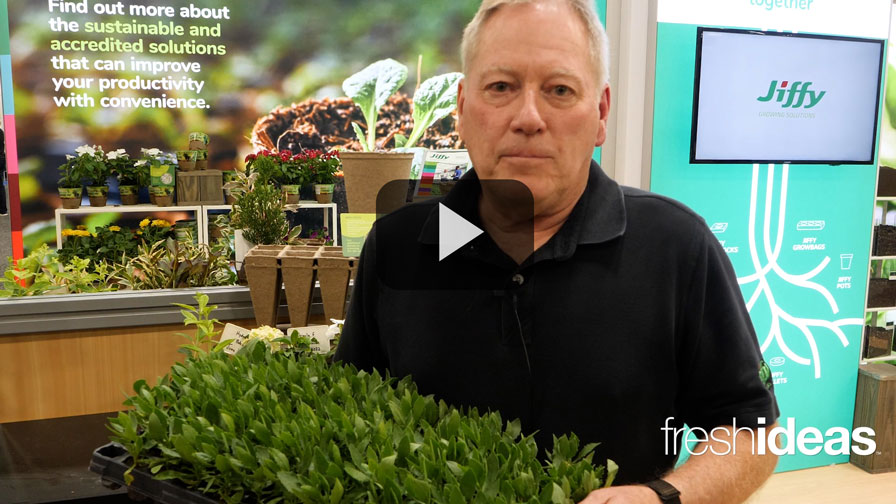Don’t Let Data Smog Close Your Mind to New Greenhouse Ideas
You’ve likely experienced or dealt with information overload at least once in your lifetime, especially lately when it comes to politics and COVID-19. With websites numbering in the billions, podcasts spilling into the millions, and social media sites continuing to grow, a constant stream of real news and fake news flows across our consciousness every day, generating an ongoing brain fog of data that makes it difficult to see things clearly. It’s called data smog — an overwhelming amount of data or information whose volume serves more to confuse the user than illuminate a topic. I wonder if this phenomenon is hurting more than helping controlled-environment growers open their minds to alternative methods of growing and new opportunities.
We’re hearing a lot of noise out there about which type of growing system is the best for indoor crops. Greenhouse, warehouse, hydroponics, aquaponics, vertical farming, shipping containers — there are so many methods to grow indoor crops nowadays and just as many arguments for which method is superior. If you’re a vertical farmer, you can pull up energy cost calculations, production costs per square foot, and other data to support your viewpoint. Proponents of greenhouse growing can do the same. Many new growers agonize over the decision to use aquaponic techniques over hydroponic ones. Does the consumer appeal of using fish to grow because of their environmental benefits outweigh more controllable hydroponic methods? Is a shipping container better than a warehouse because it’s compact and self-contained? Is a warehouse superior to a greenhouse because you have total control over the environment? Does a greenhouse trump a warehouse because it utilizes natural light? I can go on, but you get my point — data smog.
While there is no dearth of information available on the different ways to grow indoor crops and the pros and cons of each method, I would venture to say there is a shortage of unbiased information. And, depending on who you believe, what source you go to, and whether it is information supported by data and evidence or simply uninformed opinion, the damaging message one might take home is that if one method is superior, then by default, the other methods must necessarily be bad.
I think we can all agree that controlled-environment growing is evolving rapidly with new challenges and opportunities for producing crops. Sticking with one method to get the job done may be the equivalent of fitting a square peg into a round hole. There’s no room anymore for a one-size-fits-all mentality. Rather, the discussion should center on what method(s) are the best fit for the circumstances.
In a recent article talking about the probability of vertical farming replacing greenhouse production, I agreed wholeheartedly with a statement made by Cindy van Rijswick, a fresh produce expert at Rabobank Research Food & Agribusiness. She said with more production systems becoming high-tech, from greenhouses growers to other farmers, we should be looking at what is applicable per location, whether it’s an indoor farm in an urban area or a high-tech greenhouse.
Let’s not limit ourselves. There is a world of possibilities out there for controlled-environment growing right now. The goal is to grow the best crops possible with the highest yields and quality. The methods used to get there are merely tools in a toolbox. Just like the difference between a screwdriver and a wrench, tools serve a different purpose, but both can be used to get a project done. Open your mind to new ways of doing things. Explore the possibilities. You might be surprised where you end up.










